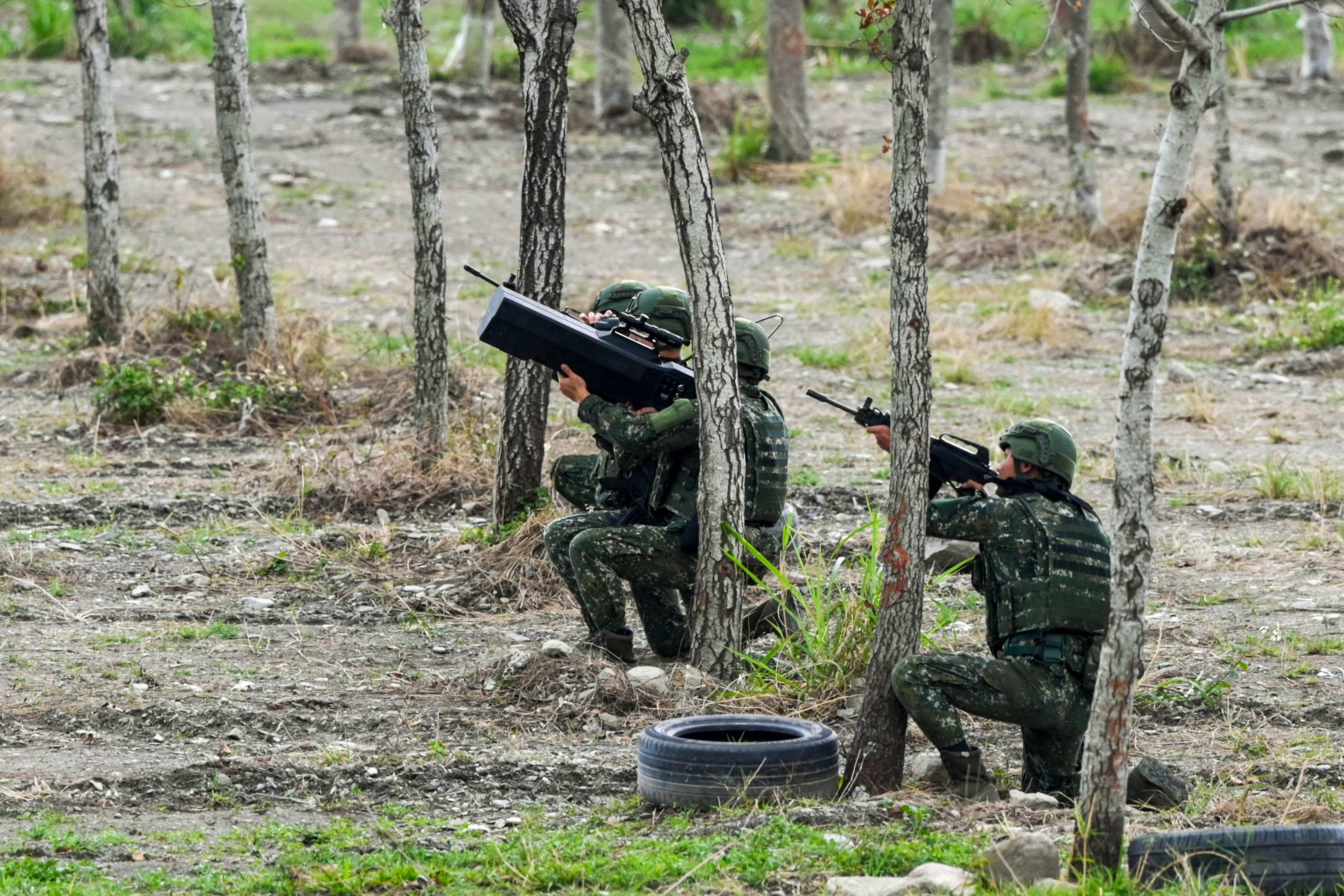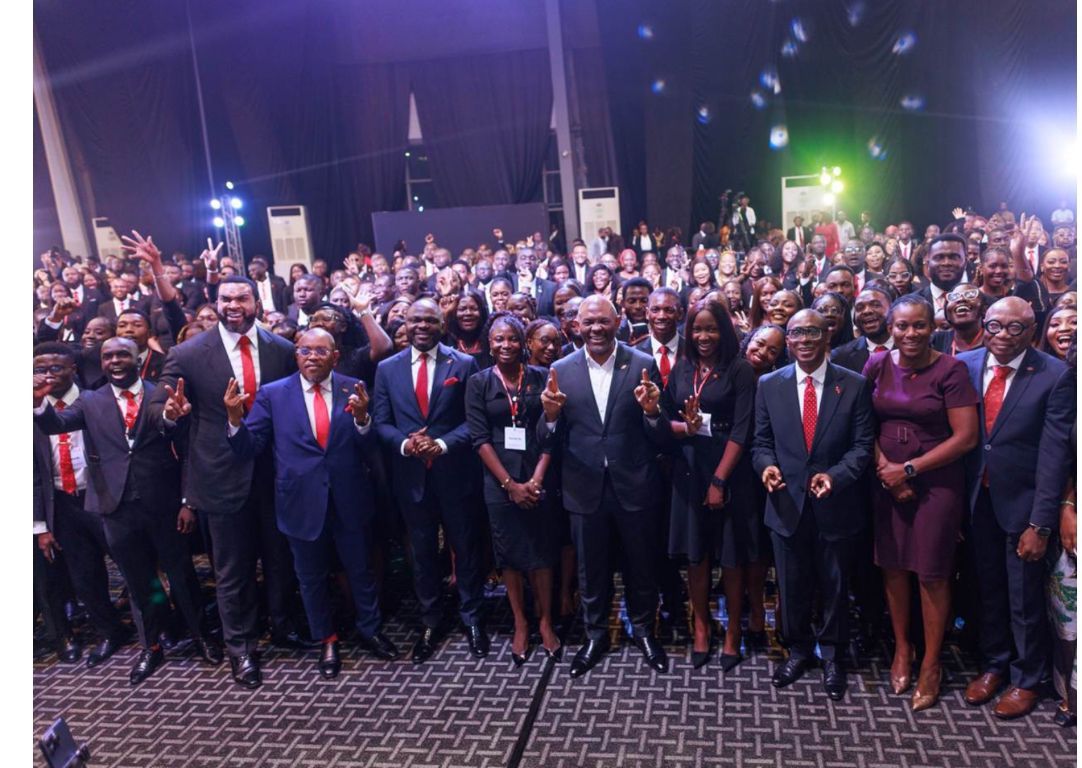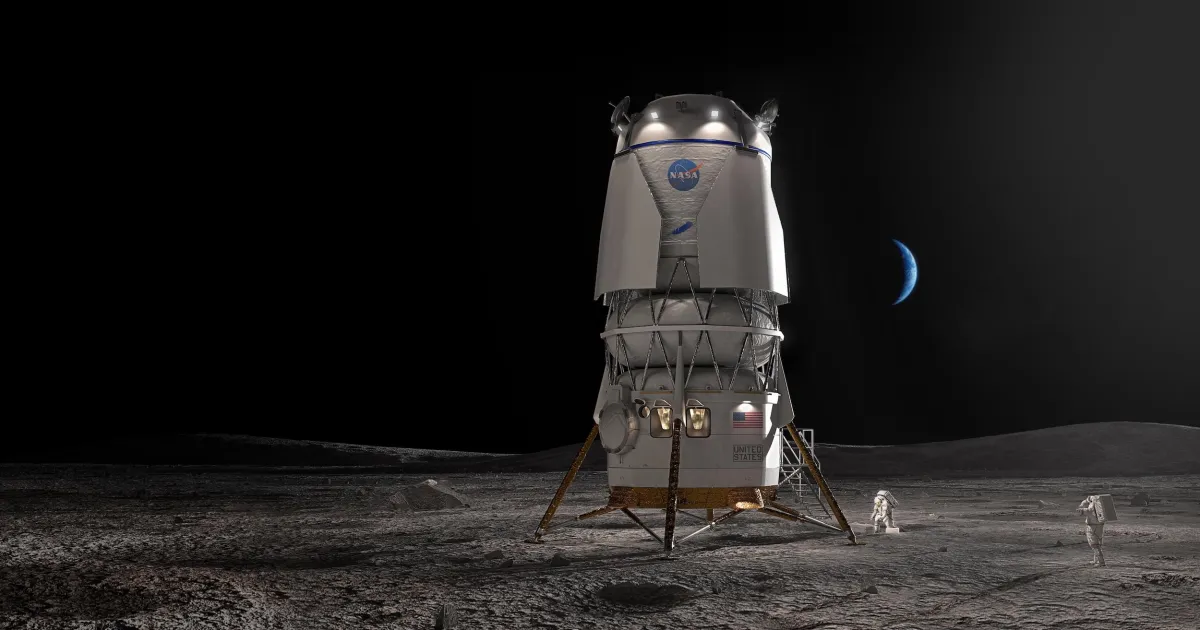Copyright scmp

Taiwan has for the first time formally outlined the circumstances under which its troops can shoot down incoming drones. The move is part of a broader effort by the island’s defence ministry to codify its rules of engagement and strengthen its ability to respond to mounting military pressure from mainland China. The new procedures, disclosed in the recently released National Defence Report 2025, set out a four-step standard operating procedure – identification and monitoring, alert and notification, safety confirmation and defensive firing. The report said the guidelines aimed to improve troops’ readiness in the face of the increasingly frequent presence of mainland drones flying over or close to Taiwan island. Taipei has also reported regular drone activity near its outlying islets – including Quemoy, also known as Kinmen, and Matsu – which lie just a few kilometres from the mainland coast. The People’s Liberation Army has also reportedly stepped up drone flights into Taiwan’s air defence identification zone, including over the island’s east, where two large underground hangars have been built to preserve air assets in the event of any attack. Unlike the heavily fortified western Taiwanese coastline – the side closest to the mainland – eastern Taiwan is shielded by the Central Mountain Range, making a direct assault more difficult. Under the new guidelines, troops must “first identify and track any unidentified drone” and “report it to commanding officers while ensuring no danger to civilians”. If the aircraft continues to approach, “warning flares or sirens must be used to alert surrounding units and local law-enforcement agencies”. Only after confirming the area’s safety are soldiers authorised to use light weapons – typically with a calibre of 7.62mm or below – or specialised drone jamming guns to shoot down the target. The measures were designed to ensure that troops “respond immediately and fight immediately”, combining “soft-kill and hard-kill methods”, the report said. The island is also planning to buy advanced counter-drone systems, but in the meantime the armed forces have been instructed to “use existing weapons such as signal guns, rifles and machine guns” and “conduct quarterly live-fire and night-firing drills to enhance responsiveness and combat readiness”. Beijing regards Taiwan as part of its territory and has vowed to bring the island under its control, by force if necessary. It has intensified military and political pressure on Taipei since William Lai Ching-te from the independence-leaning Democratic Progressive Party took office as the island’s leader in May last year. Most countries – including the United States, Taiwan’s principal arms supplier and informal security partner – do not recognise the self-governed island as an independent state. Washington, however, is legally bound to provide it with weapons to defend itself and opposes any attempt to take the island by force. Beijing has increasingly employed what Taipei calls “grey-zone hybrid threats”, including the use of civilian or modified drones that fly over the main island and the smaller Taiwanese-controlled islands. In mid-August 2022, a series of drones filmed Taiwanese soldiers stationed on the Quemoy island group. The incident prompted public outrage when a video showing troops throwing rocks at a drone went viral on mainland social media and generated widespread mockery. Later that month, Lai’s predecessor, Tsai Ing-wen, ordered the military to take “strong countermeasures”. Days later, Taiwanese troops shot down a drone over Shiyu, part of the Quemoy island chain, the first confirmed case of its kind in the Taiwan Strait. Since then, Taipei has sought to formalise its engagement procedures to avoid misjudgments or escalation. Shu Hsiao-huang, a senior analyst at the government-funded Institute for National Defence and Security Research, said the new rules signalled Taiwan’s intent to professionalise its frontline response. “The rules also aim to counter Beijing’s psychological warfare narrative by demonstrating both restraint and resolve,” he said. Defence ministry spokesman Sun Li-fang told reporters that anti-drone technology was advancing “almost daily”, and the ministry was exploring ways to acquire new systems. “Introducing new technologies and finding effective counter-drone systems is one of our top priorities and will be reflected in future procurement,” he said on Wednesday. Local media reported on Monday that the defence ministry was planning to order the Roadrunner drone interceptor system from the US defence firm Anduril Industries next month. In February, the island’s military established a Defence Innovation Office, modelled on the US military’s Defence Innovation Unit. Its mandate is “to identify, test and acquire innovative systems – particularly unmanned and counter-unmanned technologies, artificial intelligence applications and resilient communications” through “collaboration with local industries, the US Defence Innovation Unit and US Indo-Pacific Command”, according to the National Defence Report. A senior official from the ministry’s assessment department said the office “plans to procure small batches of new equipment, such as fibre-optic drones and light-weapon fire-control systems, for field evaluation before larger-scale acquisition”.



